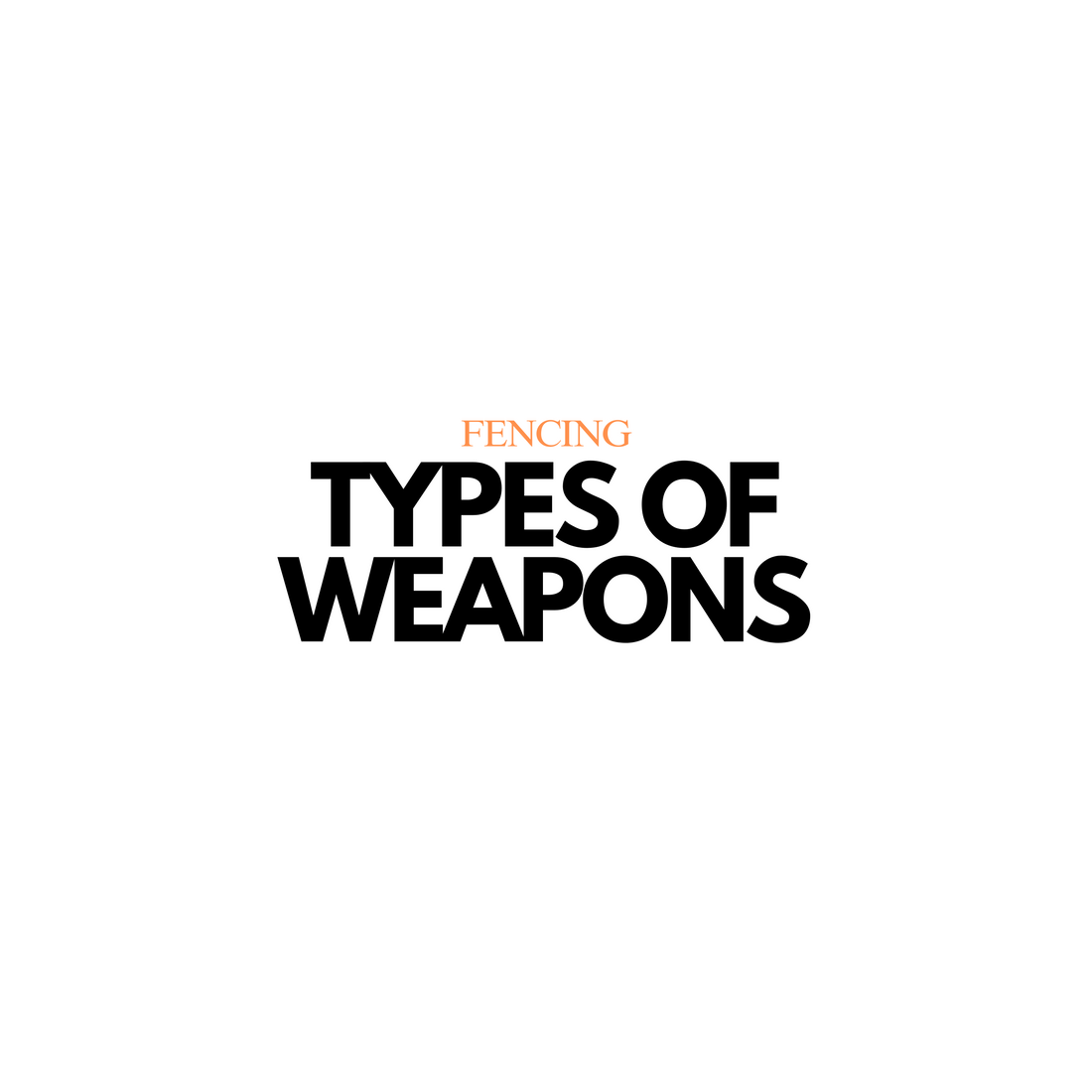
Types of Fencing Weapons
Share
In fencing, there are three primary weapons, each with its own distinct rules, target areas, and techniques. The three types of fencing weapons are foil, épée, and sabre.
________________________________________________________________________________________________
1. Foil
Description: The foil is a light, flexible weapon with a thin, rectangular blade. It is designed primarily for thrusting, with the tip being the primary point of contact.
Target Area: In foil fencing, the valid target area is restricted to the torso, including the back, chest, and sides, but excluding the arms, head, and legs.
Rules:
Foil is governed by the concept of right of way, which means the fencer who initiates an attack (by extending the arm and advancing) has priority if both fencers land a touch at the same time.
If the fencer without the right of way executes a counterattack or parry (defensive action), they score a point instead of the attacker.
Technique: Foil fencers rely on precise thrusts and careful attacks to land a valid touch in the target area while avoiding the opponent’s blade.
________________________________________________________________________________________________
2. Épée
Description: The épée is a heavier weapon with a stiffer, triangular blade. Unlike the foil, which is light and quick, the épée allows for both thrusting and more powerful actions. It is the most straightforward of the three weapons.
Target Area: In épée, the entire body is a valid target, including the head, arms, and legs.
Rules:
There is no right of way in épée. If both fencers land a touch at the same time, both are awarded a point.
Épée fencing encourages more defensive and counter-attacking strategies, since any part of the body is a valid target.
The bout is typically won by accumulating a set number of points, and unlike foil or sabre, the fencer doesn't need to be the "first" to score—they just need to land a clean touch.
Technique: Épée fencers use a more deliberate approach, focusing on precise, controlled thrusts. They must be cautious of simultaneous touches, as both will score.
________________________________________________________________________________________________
3. Sabre
Description: The sabre is a cutting weapon, unlike the foil and épée, which are primarily thrusting swords. It is a relatively light weapon with a slightly curved blade, allowing for both cutting and thrusting attacks.
Target Area: In sabre fencing, the target area includes everything above the waist, including the arms, head, and torso.
Rules:
Like foil, sabre fencing follows the right of way rule, which gives priority to the attacker (the fencer who begins the offensive action).
Points can be scored by thrusting or slashing with the blade, meaning fencers use a combination of cuts and thrusts to touch their opponent.
Sabre fencing is typically faster and more aggressive than foil or épée, with fencers often using rapid, fluid movements.
Technique: Sabre fencers often focus on quick, sweeping cuts with the edge of the blade to score touches, along with rapid footwork. Speed and precision are key in sabre, as the weapon allows both offensive and defensive actions.
Summary of Key Differences:
Weapon |
Target Area |
Right of Way? |
Type of Attack |
Speed & Style |
Foil |
Torso (excluding arms and head) |
Yes |
Primarily thrusting |
Fast, strategic |
Épée |
Entire body |
No |
Thrusting (no cutting) |
Defensive, tactical |
Sabre |
Above the waist (including arms and head) |
Yes |
Thrusting and cutting |
Very fast, aggressive |
Each weapon offers its own unique challenge and requires different skills and strategies. The choice of weapon often depends on a fencer’s style—whether they prefer precision and control (foil), tactical defense (épée), or speed and aggression (sabre).
